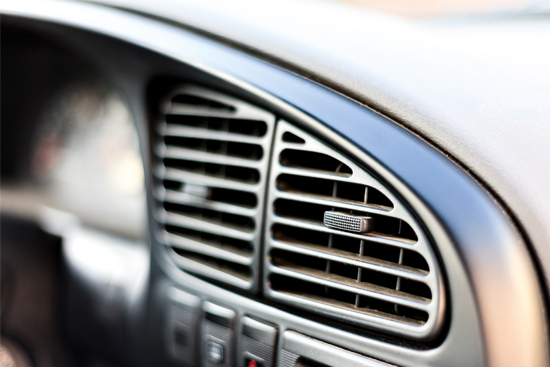Automobile Heating and Cooling Systems
Car heaters and air conditioners help keep passengers cozy throughout their journey. Separate hand thermostats for the driver and front passenger, rear-seat passenger vents, and heated seats are examples. Even when the windows are closed, these devices provide a steady air supply to make the interior comfortable.
Reno, Nevada, gets an average of 9 inches of rain each year and annually averages at least 22 inches of snow per year and 252 sunny days. Since the United States receives 38 inches of rain, 28 inches of snow, and 205 days of sunshine each year. Having said this, you would want the air conditioning and heating systems to work perfectly. Have your cooling and heating systems inspected by reliable mobile mechanics!

Functions Of The Heating System
A heater center controls the heating system. It is a tiny radiator-like component of the heating system. During the winter, we trust our heating systems to keep us warm, and we depend on air conditioning to keep us cool during the summer.
Components Of The Heating System
- Blower motor
- Heater control valve
- HVAC control panel
- Heater core
- Heater hose
Typical Heating Issues
If the air doesn’t get warm enough, check to see if the overflow bottle has enough coolant, and you’ll need to add more if it is running low. Frequently check if there aren’t any leaks. If the heater core is clogged, your local mechanic can recommend flushing the unit.
If the heater core isn’t working properly, you’ll notice coolant residue on the passenger’s floorboard side. Also, it comes with a heavy odor coming from the vent.
Air may be trapped within the heater core if you hear a loud, bubbling sound. It’s time to get your car diagnosed by a reliable mechanic if you’re not sure what the issue is.
Functions Of the Cooling System
To prevent the engine from overheating, the cooling system transfers heat to the air. The cool air you inhale from the air conditioner starts as hot air, which is then cooled in a series of steps. You might not believe it, but people used to keep their cars cool by putting ice in them.
The air cooling system and the liquid cooling system are the two types of cooling systems. Air-conditioning devices are sensible. Cold air is circulated to the engine’s hot surfaces to keep it cool, as the name implies. External structures on air-cooled engines could be built to provide more places to be covered with cool air.
A cooling mechanism circulates a liquid coolant through passages in the engine block and heads to keep the engine cool. The coolant absorbs heat from the engine as it passes through these passages. The heated fluid then travels to the radiator in the front of the car with a rubber hose. The hot liquid is cooled by the air stream entering the engine compartment from the grill in front of the vehicle as it passes through the narrow tubes in the radiator.
Both systems have their benefits and drawbacks. Although both are almost certain to be used in various applications, most car manufactures believe that water cooling is the superior option.
- Accumulator
- Blower motor
- Compressor
- Condenser
- Expansion valve
- Evaporator
- HVAC control panel
We understand the pain and frustration you’re experiencing as a result of the inadequate cooling system. There are several variables as to why a car owner would encounter this. As you notice a change in your air conditioning performance, take action immediately and get it checked out before severe damage happens.
A cooling system may have low to no airflow for a variety of reasons. Some of the reasons could be lack of antifreeze fluid, broken seal or hose, freon leak, compressor failure, blower engine capacitor malfunction, stitches, and fuses failure. Bring the vehicle to us as soon as you notice this symptom because it could be the difference between a minor issue and a major one.
A trustworthy local mechanic can also inspect the ducts and exhaust system on a routine basis. When the exhaust is clogged, it can cause issues such as the car not cooling off as well as it should. Often inspect the vents. Blocked vents will reduce the amount of air that reaches the passengers.
For you and your passengers’ safety and comfort make sure the air conditioning and ventilation are functioning properly. If you require a reliable diagnosis, call your full-service automobile repair in Reno, Nevada.

